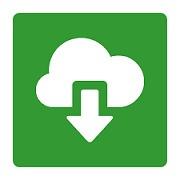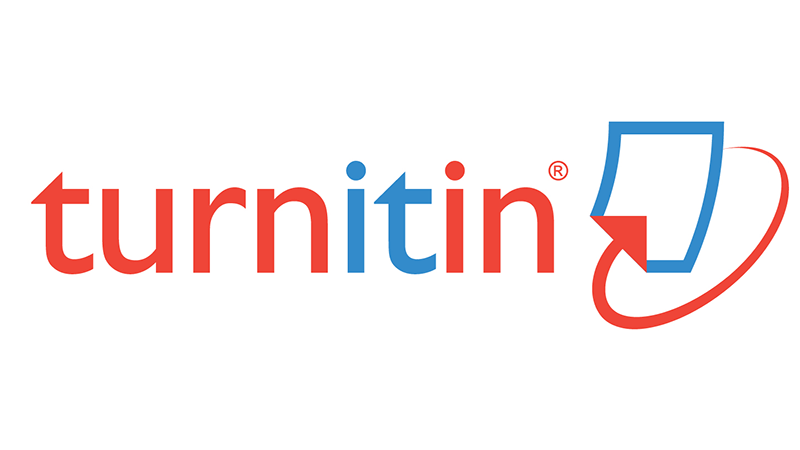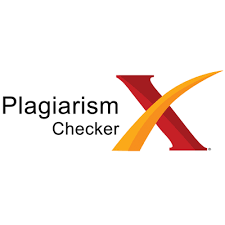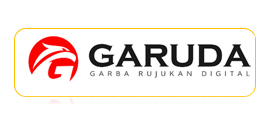DISTORY: PENGEMBANGAN KAMUS DIGITAL SEJARAH BERBASIS VISUAL BASIC PADA MATERI KERAJAAN TARUMANEGARA
Abstract
Keywords
Full Text:
PDFReferences
Buku dan Jurnal
Alim, M., & Puspitasari, I. (2021). CIS-MAKOBA: INOVASI SELF MONITORING CATATAN IBADAH SISWA BERBASIS WEB. Proceeding Of International Conference On Islamic Education (ICIED), 5(1), 274 - 285. Retrieved from http://conferences.uin-malang.ac.id/index.php/icied/article/view/1257
Arikunto, S. (2006). Prosedur Peneltian. Suatu Pendekatan Praktek. Rineke Cipta.
Hamalik, O. (1994). Media Pendidikan, cetakan ke-7. Citra Aditya Bakti.
Musfiqon, H.M. (2012). Pengemabangan Media dan Sumber Pemebelajaran. Prestasi Pustaka
Prastowo, A. (2018). Sumber belajar dan pusat sumber belajar: Teori dan aplikasinya di sekolah/madrasah. Kencana.
Ramadani, S., & Ofianto, O. (2019). Pengembangan Kamus Mnemonic sebagai Sumber Belajar Sejarah Indonesia di Sekolah Menengah Atas. Jurnal Halaqah, 1(2), 102-120.
Rusman. (2009). Manajemen kurikulum. Jakarta: Rajawali Pers.
Sanjaya, W. (f2011). Strategi Pembelajaran Berorientasi Standar Proses Pendidikan. Kencana
Sayono, J. (2015). Pembelajaran Sejarah di Sekolah: Dari Pragmatis ke Idealis. Jurnal Sejarah dan Budaya, 7(1), 9-17.
Sitepu, B.P. (2014). Pengembangan Sumber Belajar. RajaGrafindo Persada
Sugiyono. (2008). Metode penelitian pendidikan (Pendekatan kuatintatif, kualitatif dan R&D). Alfabeta.
Hamzah, B. U. (2008). Teori motivasi dan pengukurannya. Bumi Aksara.
DOI: http://dx.doi.org/10.17977/um0330v4i1p73-85
Refbacks

This work is licensed under a Creative Commons Attribution-ShareAlike 4.0 International License.
Editorial office:
History Department, Faculty of Social Science,
Universitas Negeri Malang
Jl. Semarang No.5 Kota Malang 65145,
Phone. (0341) 551312,
email: jpsi@um.ac.id
Website: http://journal2.um.ac.id/index.php/sejarah/index
E-ISSN 2622-1837

This work is licensed under a CC BY SA 4.0.








